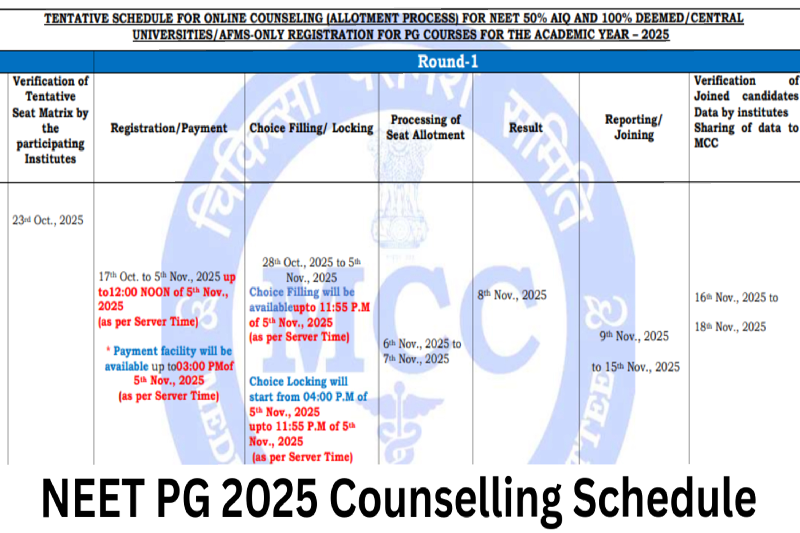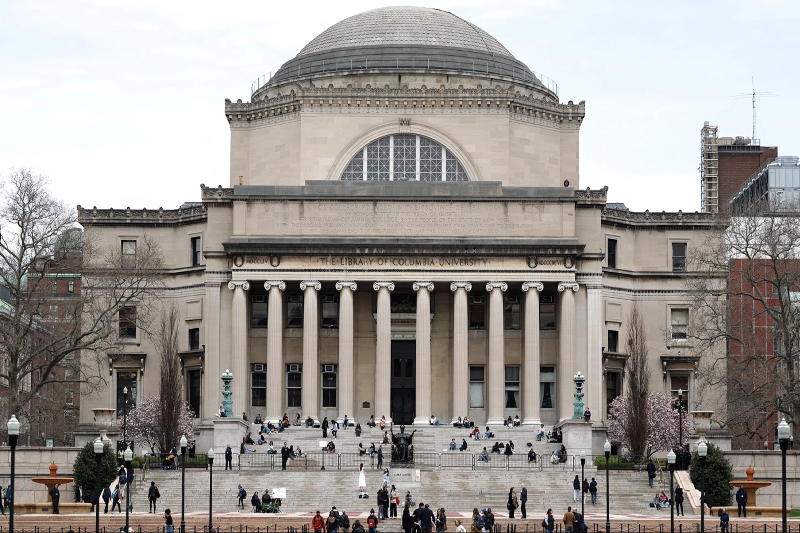
Australia Defends Cap on International Student Enrolments to Prioritise Local Students
Australia’s federal government has reaffirmed its policy to cap international student enrolments at universities, with Education Minister Jason Clare defending the move as crucial for ensuring sustainability in the higher education system. The announcement comes amid concerns about unregulated growth of foreign students post-pandemic and pressure on housing and infrastructure in major cities.
The Cap on International Students
- Annual Ceiling: The cap sets a national limit of 270,000 new international student enrolments for 2025.
- Individual Allocations: Each university receives a specific allocation to maintain a balanced distribution of international students across institutions.
- Current Numbers: Australia hosts about 717,500 international students, which is 10% higher than pre-pandemic levels.
Minister Clare emphasised that international education remains vital to the economy and diplomatic relations but insisted that local students must form the majority at universities, with at least 50% of enrolments being Australian students.
Rationale Behind the Cap
The government frames the policy as corrective rather than punitive, citing multiple reasons:
- Housing Pressure: Rapid growth in international enrolments, especially in urban centres like Sydney and Melbourne, has strained housing availability for students.
- Quality Control: Post-pandemic enrolment surges included concerns over unethical practices by some providers, such as enrolling students lacking sufficient academic or language readiness.
- Diversification: Universities must show efforts to attract students from multiple countries, reducing over-reliance on a single nationality.
- Regional Benefits: Future allocations will favour regional universities, spreading economic and cultural benefits beyond major cities.
Minister Clare linked universities’ access to higher international student allocations with their capacity to build student accommodation and demonstrate international diversity.
Economic Concerns
Some universities, especially prestigious “sandstone institutions”, have criticised the cap as overly restrictive:
- Sydney University, where international students account for more than half of total enrolments, has been a central concern.
- Economic Modelling: A study commissioned by the university projected potential losses of AUD 4.1 billion to the economy and about 22,000 job losses in 2025 if international enrolments are reduced.
Despite these concerns, the government maintains that local student education must remain the priority.
Minister Clare’s Statement on Local Students
Clare directly addressed criticism about Sydney University’s high proportion of international students:
“International education is important for Australia… But there’s nothing more important for Australian universities than educating Australians. That’s why we’ve made it clear that international student numbers must be set at sustainable levels… It should be more than 50 per cent of students at universities being local students.”
He reiterated that future international student growth will be managed, with universities expected to balance economic, cultural, and educational priorities.
Broader Goals of the Policy
The cap is part of a broader strategy to:
- Encourage universities to invest in student housing infrastructure.
- Promote geographical and demographic diversity in international enrolments.
- Ensure sustainable growth of international education while prioritising local student needs.
- Strengthen Australia’s engagement with regional countries like Southeast Asia, supporting diplomatic and cultural ties.
Conclusion
Australia’s international student cap aims to balance economic benefits with social and educational sustainability. While universities warn of potential economic losses, the government maintains that local students must remain the majority, housing pressures addressed, and international student intake diversified.
The policy underscores a managed, long-term approach to international education—ensuring it remains beneficial for both students and the nation, rather than purely market-driven growth.


